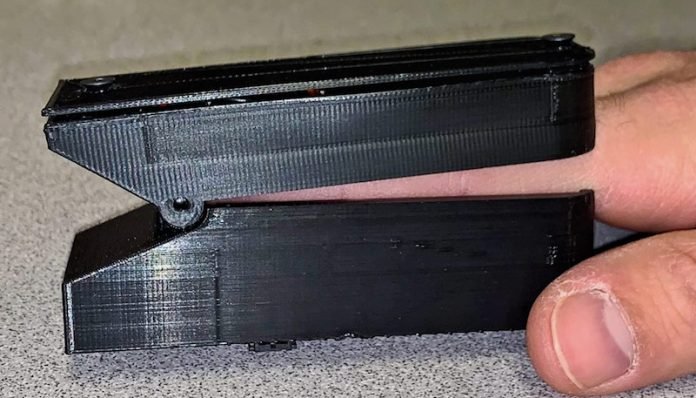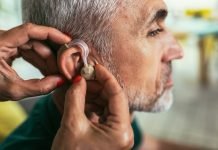
Scientists from the University of Missouri found that a new finger clip device can provide a rapid, non-invasive way of measuring and continually monitoring blood pressure.
The device can also simultaneously measure four additional vital signs—heart rate, blood oxygen saturation, body temperature, and respiratory rate.
The research is published in the IEEE Sensors Journal and was conducted by Richard Byfield et al.
Monitoring a person’s blood pressure on a regular basis can help health care professionals with early detection of various health problems such as high blood pressure, which has no warning signs or symptoms.
However, many things can alter an accurate blood pressure reading, including a patient’s nervousness about having their blood pressure taken at a doctor’s office, otherwise known as “white coat syndrome.”
In the study, the new device can record someone’s blood pressure within five seconds by using optical sensors placed on the fingertip that measure the amount of light reflected off the blood vessels underneath the surface of the skin.
This process is called photoplethysmography (PPG), and the device uses two PPG sensors located at two different points on a finger to capture someone’s pulse in order to calculate pulse wave velocity, or how fast the blood is traveling through the bloodstream.
Once the data from the pulse wave velocity is gathered, it’s transmitted wirelessly to a computer for signal processing and blood pressure calculation by a machine learning algorithm.
The researchers say other studies have also shown pulse wave velocity has a strong correlation with blood pressure.
An early test of the device with 26 study participants has provided an accuracy rate of about 90% for systolic blood pressure, and a 63% accuracy rate for diastolic blood pressure.
The accuracy rate differs between systolic and diastolic because diastolic, which is a person’s minimum blood pressure, can change strongly depending on a person’s age, and can also be controlled by various factors, including age, artery stiffness, overall health, and body weight.
Byfield and colleagues also acknowledge there are some issues with making PPG sensors work to obtain these measurements.
The researchers have filed a provisional patent for the device and are currently working on developing it for at-home use. Their long-term goal includes potential clinical and commercial applications.
They say a clinical application could help relieve some burdens for nurses who deal with multiple devices to monitor a patient’s vital signs.
Sign up for our newsletter for more information about this topic.
If you care about blood pressure, please read studies about potatoes and high blood pressure: what you need to know, and the best way to measure blood pressure.
For more information about blood pressure, please see recent studies about how to live long with high blood pressure, and results showing vitamin B could help treat drug-resistant high blood pressure.
Copyright © 2022 Knowridge Science Report. All rights reserved.




